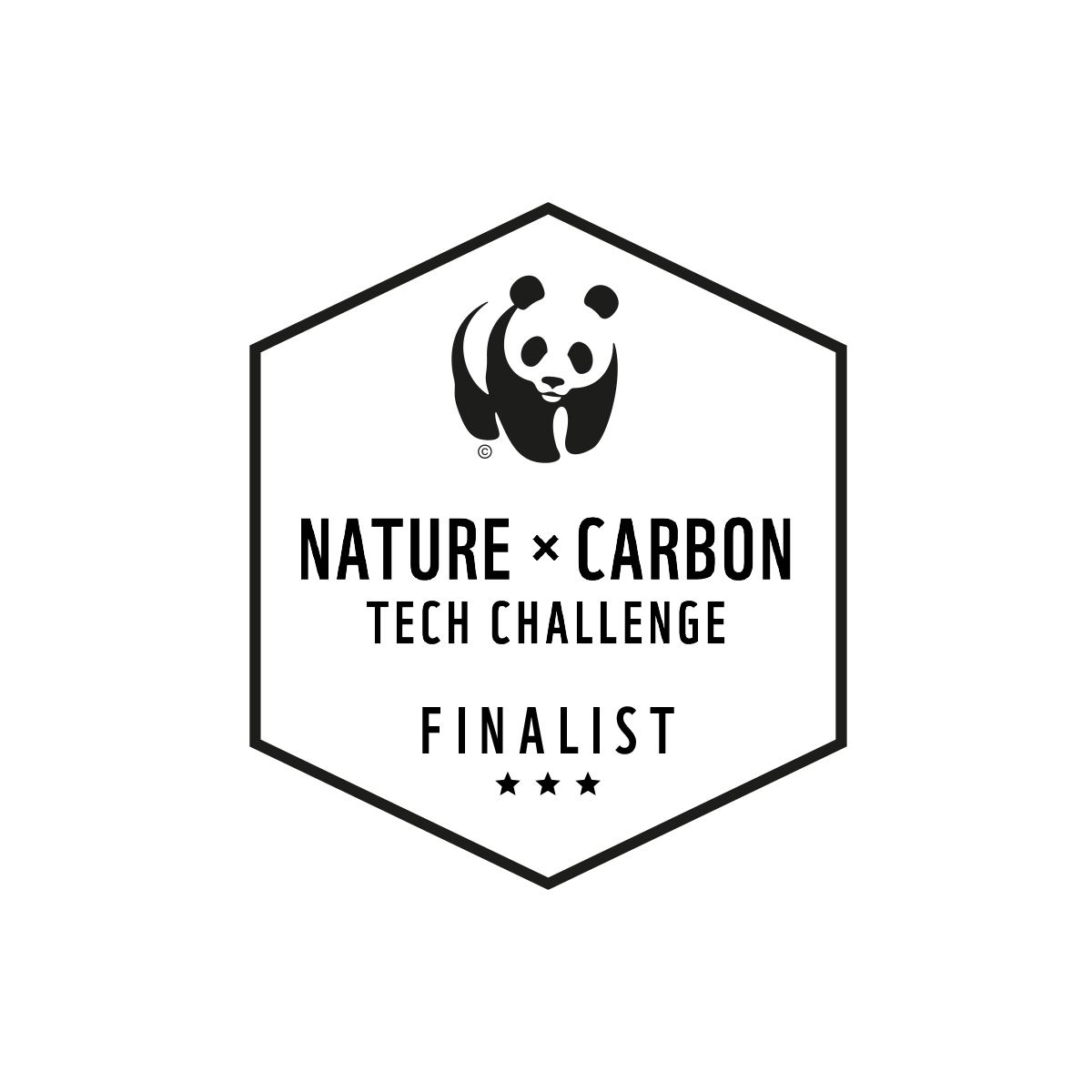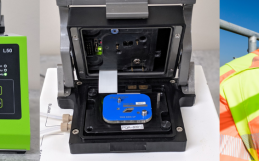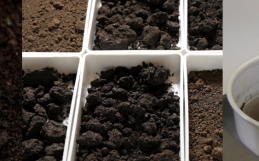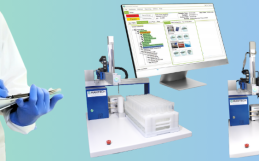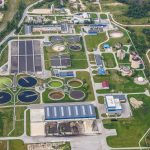As CEO of MANTECH, I have led the transition from being water technology-focused to clean technology-focused. We keep an eye towards climate change impacts affecting regulations from conservation, cap and trade, carbon sequestering, etc. We see firsthand the effects on water and soil in the recreation, drinking water, treatment, and agriculture sectors.
According to Climate Week NYC and Columbia University’s Year of Water in 2019, “climate change impacts the world’s water in complex ways. Consider a water cycle diagram, like the one below; global warming is altering nearly every stage in the diagram. These changes will put pressure on drinking water supplies, food production, property values, and more, in the U.S. and all around the world. In fact, “most of the climate change impacts come down to water,” says Upmanu Lall, director of the Columbia Water Center. “When people talk about climate change affecting agricultural output, sea-level rise, wildfires, and extreme weather — “they’re all essentially a water story,” says Lall.
Carbon is the key to climate change, from pollution, to food, to wildfire, to ozone atmosphere burning. The most common tool for the measurement of carbon is total organic carbon analysis (TOC), which is commonly completed by Walkley Black Method which involves a high temperature with acid oxidation, furnace based with extremely high-temperature combustion and gases (800oC or more). All of these are proven ‘CSI type’ analyzers but remain relegated to laboratory environments, which can be costly and require professionally trained scientists to operate.
In nature, there are 2 types of carbon, non-reactive and reactive. An example of each is glucose and benzene, respectively. One we put in our coffee, the other in our cars. It might be surprising to learn that each of these has 6 carbon atoms each, therefore, when measured with a TOC analyzer you will receive the same result, suggesting that TOC is not an absolute indicator of pollution. However, over the course of the past 30 years, baselines and regulations have been established and for the most part, it has worked.
What is Oxidizability?
The biggest challenge now is climate change. The ratio of non-reactive to reactive carbon is changing and not necessarily consistent in one direction. The reactive carbon is often increasing in its ratio to non-reactive carbon. To measure reactive carbon, it is important to measure the oxidizability of the carbon or its capacity to be oxidized. Dalhousie University’s Centre for Water Resources and Hach’s TOC Analyzer brochure describes oxidizability in reverse as, “TOC on its own shed no light on oxidizability of the measured carbon or the amount of oxygen needed for its biodegradation.” In other words, the difference between glucose, benzene, and climate change is causing an increase in the oxidizability ratio.
TOC/COD Testing Methods
The increasing reactivity in our waters has effects on wildlife and public health while also increasing negative climate change impacts. For example, increasing the propensity for algae growth, further toxifying our waters and limiting the amount of water available for evaporation required for normal climate events. In Europe, National Governments are now requiring the specific testing of oxidizability in addition to TOC. This relates to the fact that the use of chlorine for disinfection in distribution systems is rarely used in the EU, therefore the EU now aims to not only reduce NOM but lower oxidizeable NOM that may create biofilm and lead microbiological growth in drinking water. The changes in NOM ratios are also impacting metal complexations (e.g. Flint Water Crisis) and microbiological propagation (e.g. legionella). The problem is that Europe is referencing a hazardous, time-consuming, laboratory-based method for the test when a safe, simple and low-cost alternative now exists (EU Drinking Water Directive 2020). Health Canada also recognized the need to measure oxidizability (calling it chemical oxygen demand or COD). Specifically, Health Canada states, “Historically, the chemical oxygen demand test method (using potassium dichromate) was not sensitive enough for drinking water (Rittman and Huck, 1989). More sensitive methods have since been developed. One method involves using potassium permanganate* as the oxidant [ISO 8467]; the other is a photoelectrochemical oxygen demand (peCOD) method using UV activated titanium dioxide as the oxidant (Zhao et al., 2004; ASTM, 2017)” (Health Canada Natural Organic Matter in Drinking Water Guidance released in 2020).
The European reference to ISO 8467 is more commonly named the permanganate index (PI). While automated PI analyzers are available, including from MANTECH, it still requires the boiling of concentrated sulphuric acid and is quite costly to acquire the analyzer and also to run the test. The PeCOD, as defined by ASTM D8084, is a simple and safe method generating results in 5-10 minutes enabling quick measurements oxidizability by anyone. The peCOD method is the direct replacement for the PI Method as defined by ISO8467.
MANTECH’s PeCOD Technology in Action
As climate change regulations are released and we are faced with new ways to tackle carbon sequestering, easy-to-access analyzers will become indispensable. For instance, WWF-Canada issued its Nature x Carbon Technology Challenge for teams to submit ideas for a community-accessible carbon analyzer in nature (water, biomass, and soil). This challenge is supported by Microsoft and RBC Tech for Nature (Top 10 Global Bank). Together with IISD-ELA, MANTECH submitted data from its new application as we were already developing the application for this. We are proud to mention that MANTECH and IISD-ELA along with our newest team member, University of Guelph, are 1 among 5 finalists selected. Additionally, the PeCOD technology is the only analyzer selected and is the only 1 among 5 to apply to both water and soil. Read more about IISD-ELA’s fieldwork with the PeCOD technology here.
In summary, while I recognize I am biased in writing about our patented PeCOD technology, I hope to have provided a simple explanation about the need to measure reactive carbon directly, and to do it in an accessible and cost-effective manner, otherwise, we hinder effective climate change work. Let’s move forward! Contact us for more information on our PeCOD Analyzer or download our “Optimized” TOC brochure!
Robert V. Menegotto


